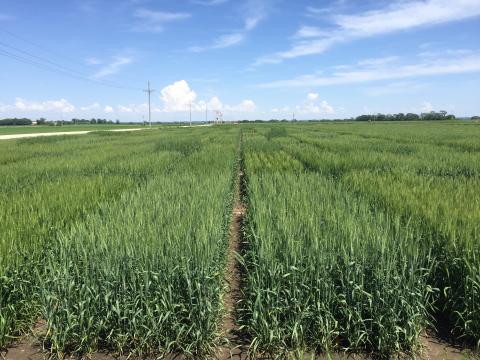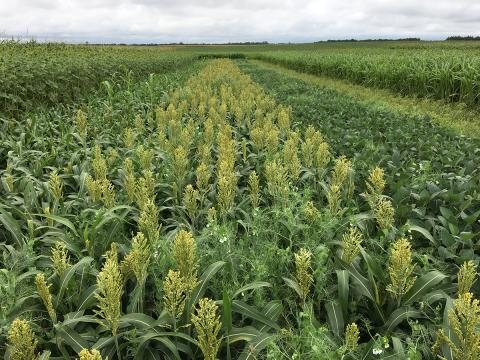Pasture and Forage Minute: Double Cropping Forages, Wheat Grazing vs. Grain Value
April 3, 2024
Insights on double cropping annual forages in irrigated cropland, avoiding grass tetany, and making the decision to use wheat as forage or grain this year.
USDA Expands Insurance Coverage for Double Cropping for 2023
July 22, 2022
USDA’s Risk Management Agency is expanding double crop insurance opportunities in over 1,500 counties where double cropping is viable.
Eastern Nebraska Wheat, Pulse and Double Crop Field Day June 18
June 7, 2019
Variety trials and field research will be in the spotlight June 18 at the Eastern Nebraska Wheat, Pulse, and Double Crop Field Day at the Eastern Nebraska Research and Education Center near Mead.
Double Cropping Pulses with Short-Season Crops, Forages, and Cover Crops in Eastern Nebraska
September 6, 2018
A research project in eastern Nebraska is evaluating a double crop production system as a potential alternative to the traditional corn/soybean rotation. Following an early season crop of yellow field peas, short-season crops (corn, soybean, grain sorghum, millet and sunflower) and annual forages (forage sorghum and sorghum-Sudangrass) were planted.
Consider Double Cropping Forages on Crop Ground
March 23, 2016
Can’t make money on your crop ground and need more pasture? Double cropping annual forages may be a better option.



